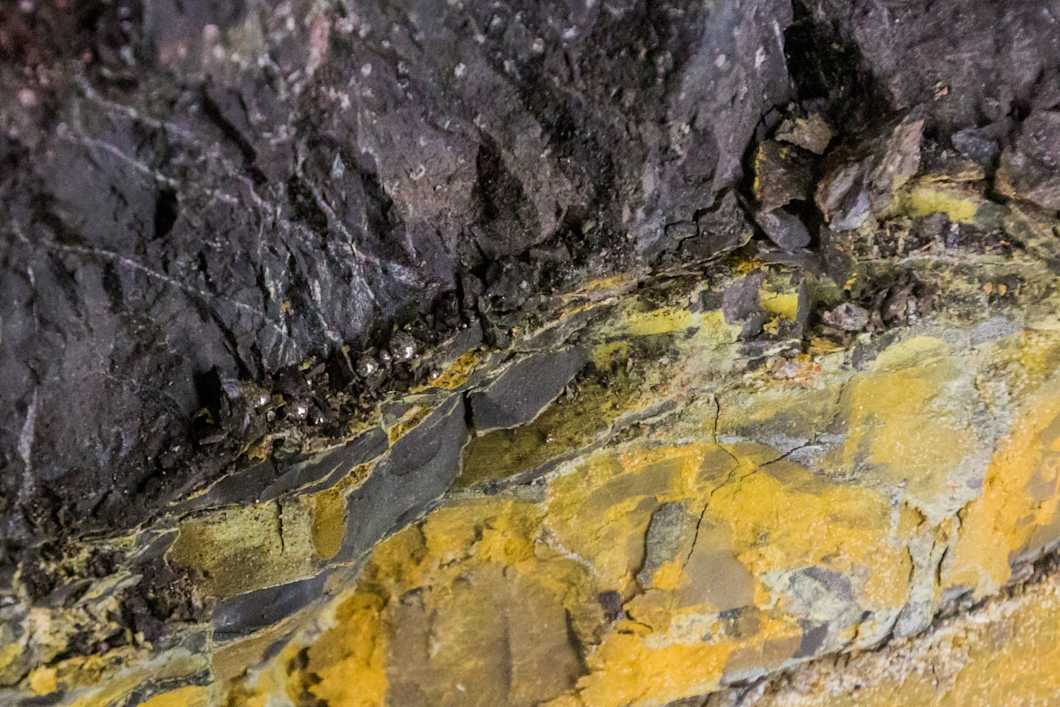Atomic fluorescence spectroscopy
Atomic fluorescence spectroscopy (AFS) is a quantitative analytical method used to identify metallic elements and calculate their respective concentrations within a sample. AFS analysis has a variety of applications across food, pharmaceuticals, toxicology, and environmental research.

Some of our elemental analysis services
ICP-MS measurement (wide) for water samples
Heavy metals quantification in water sample by ICP-MS
Prices excluding VAT.
- Fast turnaround times
- Personal service from method experts
- Competitive prices
- Result accuracy guarantee
What is AFS analysis used for?
AFS can detect metallic elements in a wide variety of sample types. It is most commonly used to measure levels of toxic heavy metals in food, water, and environmental samples. The applications of atomic fluorescence spectrometry also extend to biomedical testing, where the method can be used to test for metals in blood and urine samples.
In mining and metallurgy, AFS is used to determine metal concentrations in ore samples, helping to evaluate ore quality before mining. The method may also be used to screen for lead and other contaminants in fuel testing.
How does atomic fluorescence spectroscopy work?
In AFS, samples are first converted into a gas using an ionization method, such as exposure to a flame or other heat source. The atomic gas that forms is then exposed to visible or ultraviolet light of a specific wavelength. This light will interact with atoms of a specific element, causing them to fluoresce. The fluoresced light is then picked up by a detector, which in turn can calculate the concentration of that specific element. By repeating this process and testing for different elements, it is possible to determine the elemental makeup of the sample.
Sample requirements and preparation
Atomic fluorescence spectroscopy is usually conducted on samples that are converted into an atomic gas from a solvent phase. This means that the sample must be in the form of a liquid or solution prior to analysis. Solid samples will need to be dissolved in a suitable solvent. Samples may also require pre-treatment to remove contaminants that could affect the results.
Advantages of atomic fluorescence spectroscopy
The main advantage of AFS is its high specificity; it can observe specific elements even in very low concentrations, which makes it ideal for detecting trace amounts of toxic metals. A wide variety of different metals can be detected, which makes AFS a versatile testing method. It is also a relatively simple method, meaning that samples can be tested quickly with high throughput.
Limitations of AFS analysis
AFS can only detect one element at a time, which slows the process down when the sample contains multiple elements of interest. In such cases, ICP-OES or ICP-MS might be preferable.
AFS mostly works with metal atoms and therefore has limited use in organic and other non-metal-based chemistries. Furthermore, some compounds can create interference with the fluorescence effect, thus it is not a suitable method for all samples. Finally, AFS is a destructive method, meaning that the sample is effectively destroyed during the atomization process and cannot be recovered after analysis.
What is the difference between AFS and AAS?
Atomic absorption spectroscopy (AAS) is a similar technique in which atomized samples are exposed to specific wavelengths of light to determine their elemental makeup by observing which wavelengths are absorbed and therefore which atoms are present. AAS typically requires less expensive equipment than AFS and is therefore more widely accessible.
However, AFS often has a lower detection limit and reduced background noise, which makes it more valuable when detecting certain metals in trace amounts.
Questions?
Chemical testing expert Meeri Rantanen is happy to help with queries relating to AFS and other elemental analysis methods.
Need an elemental analysis?
Measurlabs offers high-quality elemental analyses with AFS and various other methods, including ICP-OES and ICP-MS. Do not hesitate to contact our experts to discuss your testing needs.
Suitable sample matrices
- Water samples
- Extracts from food and drink
- Mineral solutions
Ideal uses of AFS analysis
- Testing food samples for toxic metals
- Environmental analyses
- Determining metal concentrations in ore samples
- Quality control in pharmaceuticals
Ask for an offer
Fill in the form, and we'll reply in one business day.
Have questions or need help? Email us at info@measurlabs.com or call our sales team.
Frequently asked questions
Some of the most common uses of atomic fluorescence spectrometry include the detection of heavy metals in environmental samples and the quantification of valuable components in ore.
AFS cannot detect most non-metals, which limits its usefulness in compositional analysis. Only one element at a time can be detected, increasing the time required when multiple elements are to be quantified.
Measurlabs offers a variety of laboratory analyses for product developers and quality managers. We perform some of the analyses in our own lab, but mostly we outsource them to carefully selected partner laboratories. This way we can send each sample to the lab that is best suited for the purpose, and offer high-quality analyses with more than a thousand different methods to our clients.
When you contact us through our contact form or by email, one of our specialists will take ownership of your case and answer your query. You get an offer with all the necessary details about the analysis, and can send your samples to the indicated address. We will then take care of sending your samples to the correct laboratories and write a clear report on the results for you.
Samples are usually delivered to our laboratory via courier. Contact us for further details before sending samples.
